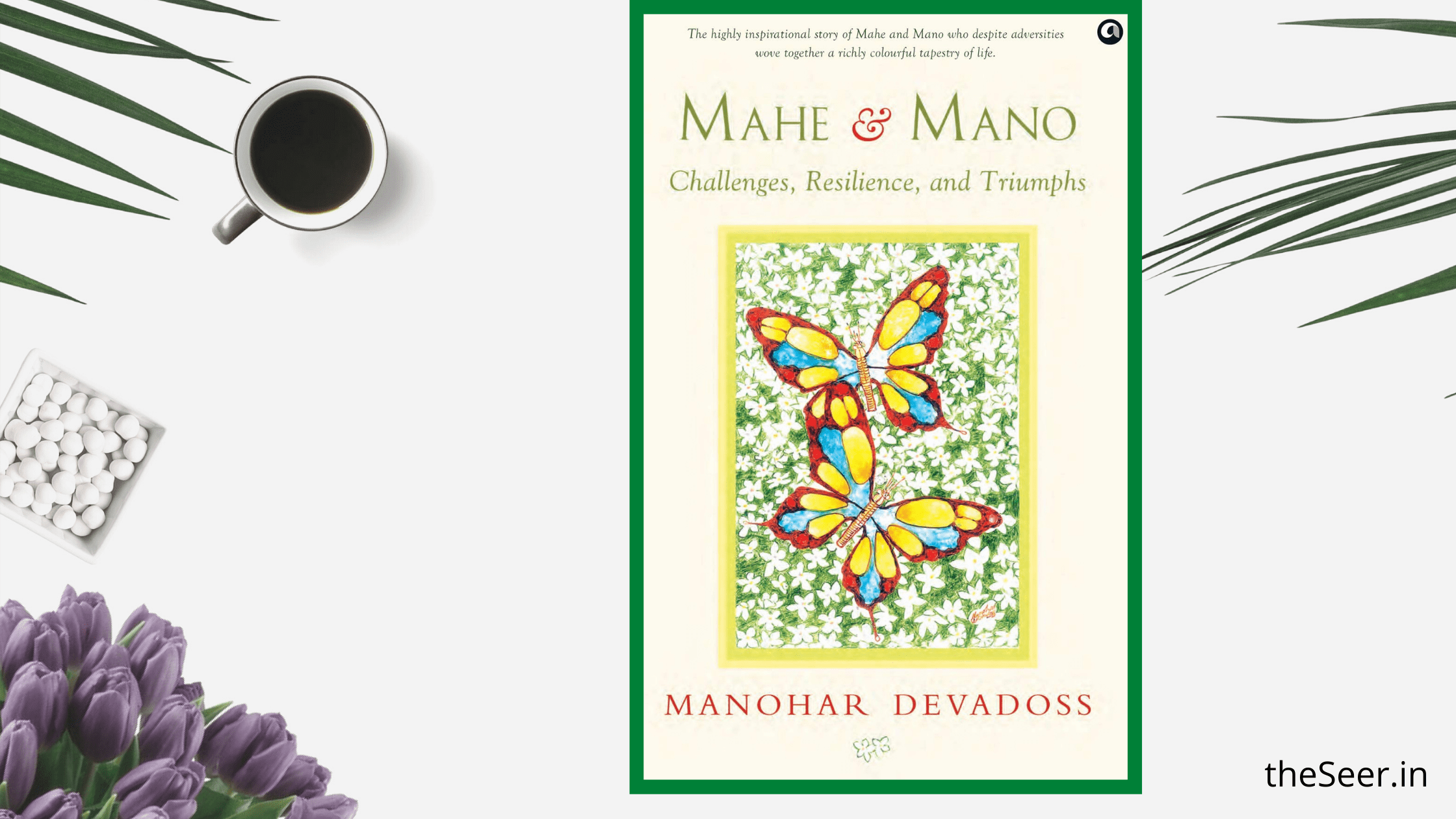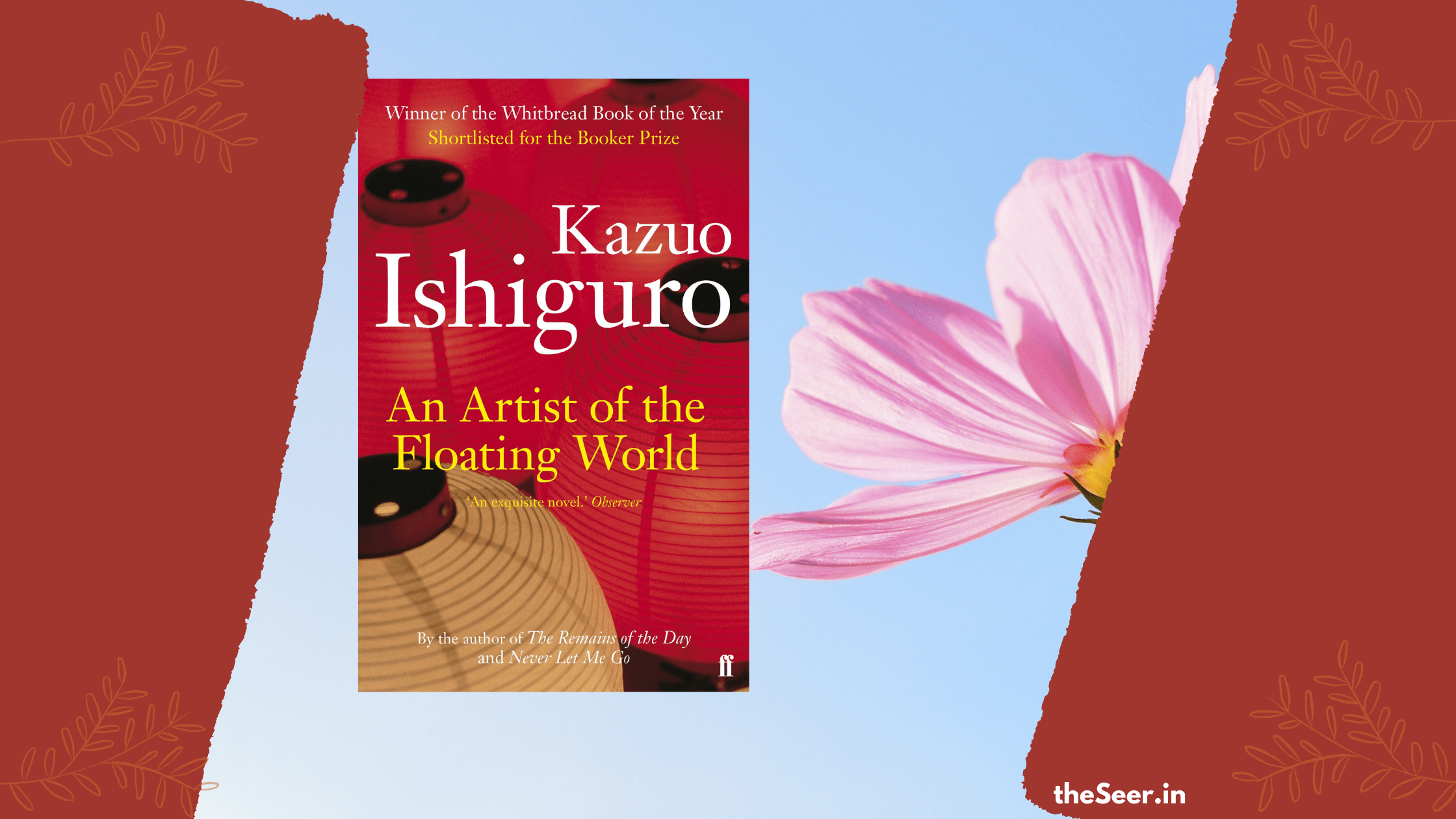Empowerment is a capricious temptress. When served in the desired amount, it is a reasonably enjoyable experience for all. However, when one develops a fondness for it, it may mutate into a disruptive force. Mahanagar (The Big City), set in the Dickensian Calcutta of the 1960s, is an ode to the untold tales of survival bubbling in the veins of middle-class families as they struggle to find their place in the larger picture. Such families aren’t impoverished. But, as Subrata (Anil Chatterjee) tells his loving wife Arati (Madhabi Mukherjee), “People become millionaires making cigarettes, yet a common BA-pass bank clerk struggles to make ends meet.“ His remark is in jest. Yet, there is a tinge of sadness in his voice; anguish at the endless list of requirements a man must fulfil to sustain his family in the metropolis.
Akin to several of Ray’s masterpieces whose core is the complicated relationship Calcuttans have with Calcutta, Mahanagar is about the quest for respectable existence. The film is based on two short stories by Narendra Mitra. It follows the journey of Arati and Subrata. Theirs is an endearing marriage, complete with a little boy and a sweet family that may suffer from want but never falls prey to the wanton bitterness born from scarcity. Considering the exponentially mounting expenses of living a fulfilled life, Arati decides to join the workforce to help her overburdened husband and contribute to the family’s financial well-being. Of course, it doesn’t please her father-in-law, Priyogopal (Haren Chatterjee). He is a conservative schoolteacher and loathes the idea of his daughter-in-law stepping out of the house. So deep runs his unyielding machismo that later in the film, Priyogopal begs for free assistance from his successful students by foul-mouthing his son but refuses to accept glasses made from Arati’s salary. Eventually, his way of thinking causes immense strains in the family.
In contrast to his father, Subrata is a kind and witty husband. He is happy with the idea of his wife pitching in and understands the urgent need to overlook his father’s traditionalism. One of the sweetest scenes in the film is when Arati expresses her apprehension about her clothes not being fancy enough for the job. A door-to-door salesperson must look good. So Subrata takes an advance from his office for his wife to purchase befitting attire. It is a sensitively written moment, and Anil Chatterjee’s innocence with Madhabi Mukherjee’s expressive eyes makes it unforgettable. This is the starting point; Arati landing a job as a saleswoman. What follows is a discourse on unemployment, gender dynamics, class, and ingrained attitudes stretched thin between an archaic past and uncertain future.
Mahanagar is about a lower-middle-class family’s experience in Calcutta. But the lens of the film solely belongs to Arati. Through her eyes, we see the confusing times. We witness how rampant want and the changing ideas of domestic responsibility impact familial bonds. We understand the aspirations and inhibitions of working women and the growing fluidity in their movement between the private and public spheres. Using the larger canvas of Arati’s life, Ray explores how differences in religious and economic backgrounds temper the female reality. For this, we have the character of Edith Simmons. Edith is a feisty Anglo-Indian girl who has been conceptualized to represent the moral antithesis to Arati’s old-fashioned ideals. The two women, disparate in the way they dress, speak and live, become close friends. She gifts Arati a red lipstick saying that if Hindu women wear vermillion in their parting and a red bindi on the forehead, there is no harm in red lips.
Edith is honest, hardworking and efficient. Exactly like Ararti. The only difference is in the realisation of self-worth. Edith is aware of how much she deserves as an employee. Therefore, she protests when the executive plans to reduce commissions and successfully negotiates a 5% share for her colleagues. To the management, this attitude is belligerent. Not only because she is a female worker demanding to be compensated according to an industry standard but more so because of her ethnic background. Edith is scathingly referred to as the “firingee.” Their supervisor at the firm is appreciative of Arati’s work and supports her growth. Yet, he looks down upon Edith. In the end, Edith is fired. A prolonged illness prevents her from working. Upon return, she is humiliated, and her character is deemed questionable. She is accused of lying, and the manager claims that Edith was partying instead.
Edith’s narrative reflects how diverse life is for women living in the same city and working in the same office. When Arati is on the field, she is invited into plush living rooms belonging to wealthy homemakers dressed in modern saris and sleeveless blouses. The vast houses with guards at the front gate are in stark contrast to her cramped quarters, which cost Ray and his art director only Rs 2000 to build. In such a scenario, Arati is the disadvantaged one. However, when pitted against Edith, the “modern” woman dressed in skirts, wearing lipstick and belonging to an Anglicized background, Arati is privileged. At the workplace, she is taken seriously because irrespective of her employment in a corporate office, she resembles the conscientious Bengali housewife dressed in modest saris and hair tied in a simple bun. Aarti earns more respect and opportunities not only because she is efficient, but her larger identity is Mrs. Mukherjee. Edith is just Edith Simmons. Not married. Not Hindu. Not modest.
Arati’s relationship with her husband is the second important pillar of Mahanagar. We become a part of a very tender relationship, both blemished and eventually reunited by circumstances. Initially, Subrata is quick to ease into his role as the husband of a working woman. However, when Arati begins to discover her pride and self-worth as an earning member of the household, things falter. Arati’s professional rise and her increasing interactions with more powerful male authorities cause tension and insecurity. Subrata is never cruel. He has a sweet disposition and cares deeply for his wife and family. However, he is only a man, caught between moving on with new ideas and maintaining peace with the conservative past. He needs Arati’s support. Simultaneously, he is distraught with the situation at home. His father has not spoken to him in months. When the latter collapses in an ex-student’s clinic (while on another round of seeking free treatment), the student embarrasses Subrata by insinuating he doesn’t care for his father. It is an interesting commentary on aggressive masculinity and its power to make emotionally vulnerable men absorb its toxic juices. Things collapse further when a bank crash costs Subrata his job. Arati is the man of the house. He feels like a burden, distanced from his affectionate partner.
Narendra Mitra’s stories ended pessimistically. However, the optimist in Ray didn’t want Mahanagar to conclude on such a note. He wished to grant Arati and Subrata a new lease of life, hoping for a perfect balance of sweet and realistic. In the end, Arati quits her job to protest against the harsh treatment meted to Edith. She apologizes to Subrata, scared that her impulsive decision has jeopardized their future but she is pleasantly surprised when Subrata admires her courage. Now a more evolved man, Subrata consoles her by saying that they will soon find work and together run the family. They walk out of the building as equals, holding hands and blending into the crowd of nameless thousands hoping to find employment.For me, Mahanagar is like a coming-of-age story. Yes, the characters are not teenagers. Yet, it is a remarkable story of a woman, her husband, and Calcutta – all coming to terms with the fact that life is changing. Ray’s writing is sentimental, haunting, and full of passion and moments of happiness. It is a poetic film that relies on simplicity, subtlety, and observation to make a mark. It does not let you stay sad for long. But, neither is it stuffing the audience with false hope. Mahanagar tells us that life is tough. The city is tough. However, human relationships are tougher. One hundred years of Ray, and it still feels like Mahanagar could be our story.
Like what you just read? Become TheSeer Insider. You will be receiving a letter from us once in a while to help you live a more mindful life. Enter your email id below and click on subscribe. We won’t spam you, ever!


























